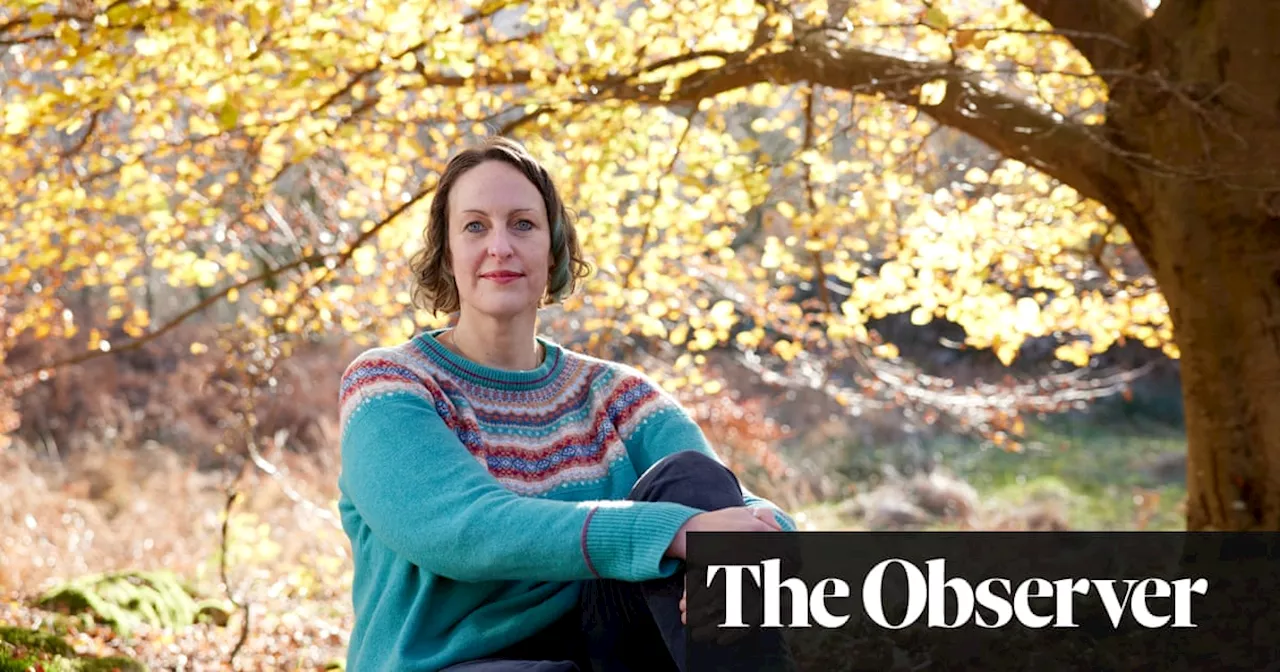This article explores the cultural obsession with sleep and how it has ironically fueled sleep anxiety. It delves into the history of human sleep patterns, revealing that intermittent sleep was once the norm. By reframing insomnia as a gift of extra time, the author discovered new possibilities and found solace in the stillness of the night.
We live in a world obsessed with sleep, bombarded with advice on how to achieve the perfect seven to eight hours of unbroken slumber. We are encouraged to track, count, and monitor every aspect of our sleep, constantly reminded that it is our superpower. But this relentless pursuit of sleep perfection has, ironically, amplified our sleep anxiety . The truth is, humans have always experienced periods of short, broken sleep.
For centuries, night was a time of activity, punctuated by interruptions for rituals, caring for young ones, and dealing with the realities of life. Even into the Industrial Revolution, sleeping in two chunks was common practice, with a midday siesta offering a chance for spiritual or creative reflection.My own struggle with insomnia was transformed when I reframed it as a gift of extra time. Instead of fearing the sleepless nights, I used them to explore the history and science of slumber. I discovered the fascinating accounts of our ancestors who thrived on intermittent sleep, the wisdom held in biphasic sleep patterns, and the comforting solace found in stargazing on moonlit nights. This shift in perspective helped me to quiet the anxiety and eventually, I found myself sleeping again.
Sleep Insomnia Sleep Anxiety Biphasic Sleep History Of Sleep Mindfulness Nighttime Activities
Australia Latest News, Australia Headlines
Similar News:You can also read news stories similar to this one that we have collected from other news sources.
![]() Sleep Trackers: Helpful Habits or Inaccurate Data?The popularity of wearable sleep trackers has surged, with a market value of $2.45 billion. While these devices can encourage better sleep hygiene, a new meta-analysis reveals their limitations in accurately measuring sleep parameters like sleep latency and efficiency. Researchers emphasize that sleep tracking algorithms, relying on motion detection, may misinterpret movement as wakefulness, unlike clinical sleep studies which use brain activity sensors.
Sleep Trackers: Helpful Habits or Inaccurate Data?The popularity of wearable sleep trackers has surged, with a market value of $2.45 billion. While these devices can encourage better sleep hygiene, a new meta-analysis reveals their limitations in accurately measuring sleep parameters like sleep latency and efficiency. Researchers emphasize that sleep tracking algorithms, relying on motion detection, may misinterpret movement as wakefulness, unlike clinical sleep studies which use brain activity sensors.
Read more »
 Sleep Divorce: Separating Beds for a Better Relationship?This article explores the trend of 'sleep divorce' where couples choose to sleep in separate beds, examining its potential benefits and drawbacks. It considers the science behind sleep and its impact on relationships, highlighting studies that suggest physical closeness during sleep can contribute to relationship happiness.
Sleep Divorce: Separating Beds for a Better Relationship?This article explores the trend of 'sleep divorce' where couples choose to sleep in separate beds, examining its potential benefits and drawbacks. It considers the science behind sleep and its impact on relationships, highlighting studies that suggest physical closeness during sleep can contribute to relationship happiness.
Read more »
 Reimagining Classics: Reclaiming Voices and Reframing PerspectivesThis article explores contemporary novels that reimagine classic 19th-century works, centering marginalized voices and offering fresh perspectives on social issues.
Reimagining Classics: Reclaiming Voices and Reframing PerspectivesThis article explores contemporary novels that reimagine classic 19th-century works, centering marginalized voices and offering fresh perspectives on social issues.
Read more »
 Reframing Obesity: A New Approach to Diagnosis and ManagementA new report published in The Lancet Diabetes & Endocrinology journal proposes a more accurate and comprehensive approach to diagnosing and managing obesity. The report challenges the reliance on BMI as the sole indicator of obesity and advocates for incorporating additional measures such as waist circumference, waist-to-hip ratio, and waist-to-height ratio. It also suggests reclassifying obesity into clinical and pre-clinical categories to improve patient management strategies.
Reframing Obesity: A New Approach to Diagnosis and ManagementA new report published in The Lancet Diabetes & Endocrinology journal proposes a more accurate and comprehensive approach to diagnosing and managing obesity. The report challenges the reliance on BMI as the sole indicator of obesity and advocates for incorporating additional measures such as waist circumference, waist-to-hip ratio, and waist-to-height ratio. It also suggests reclassifying obesity into clinical and pre-clinical categories to improve patient management strategies.
Read more »
 Reframing the DarknessThis personal essay explores the author's childhood fear of the dark and how her perspective shifted through exposure to stories and nature.
Reframing the DarknessThis personal essay explores the author's childhood fear of the dark and how her perspective shifted through exposure to stories and nature.
Read more »
 Amazonian Insomnia: A Night in the JungleAn account of a night spent in the Amazon rainforest, experiencing the unique noises and challenges of jungle life.
Amazonian Insomnia: A Night in the JungleAn account of a night spent in the Amazon rainforest, experiencing the unique noises and challenges of jungle life.
Read more »
